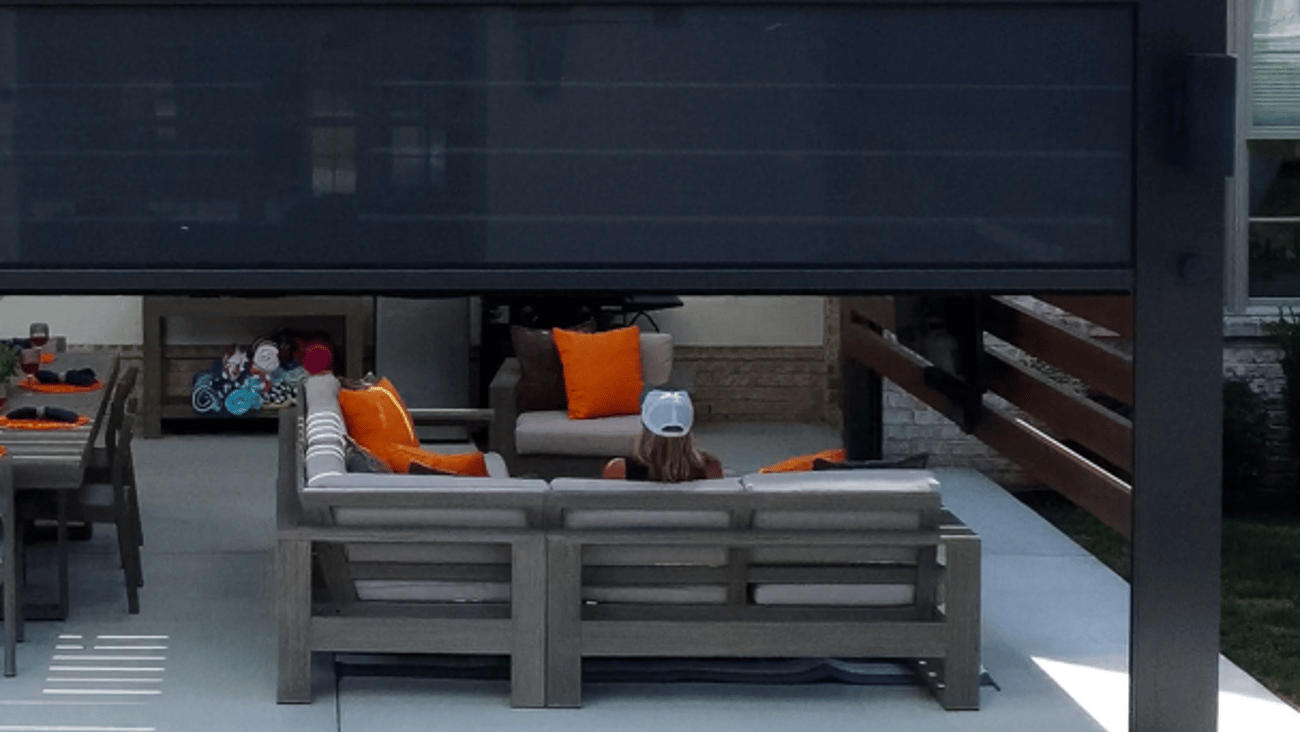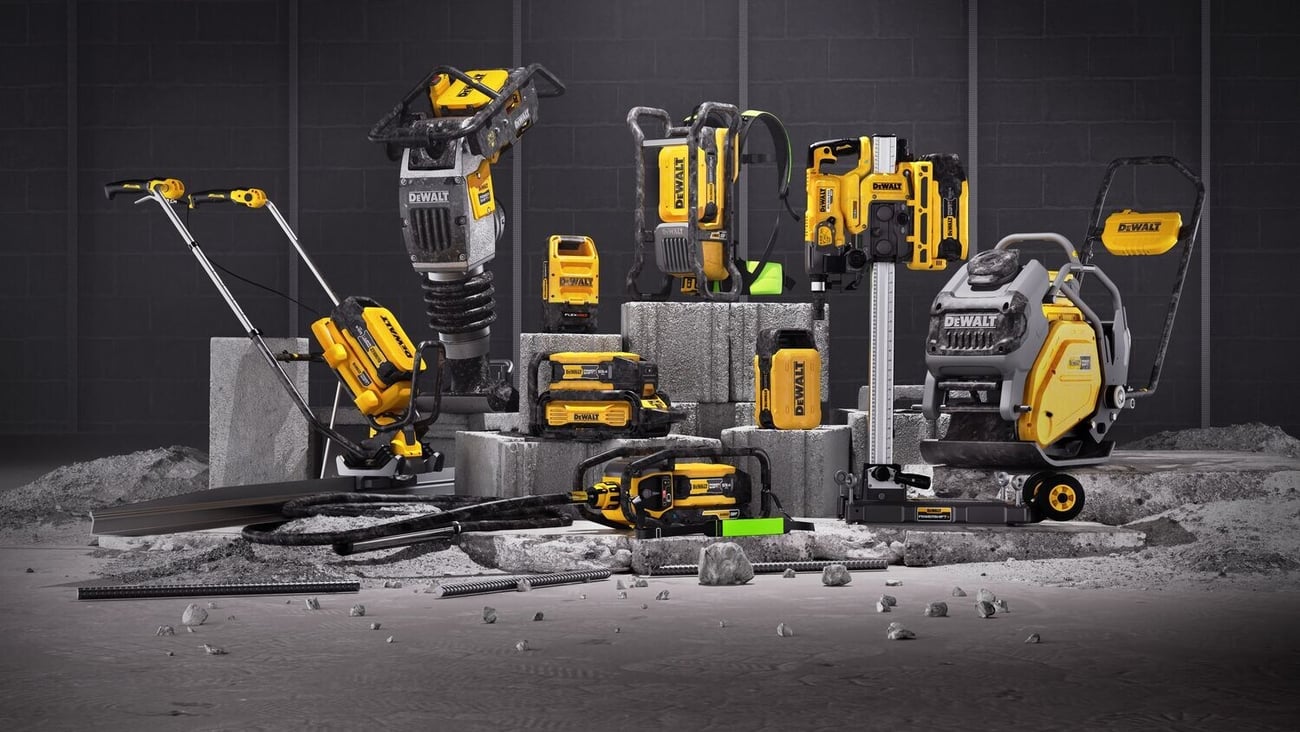The new-product paradox
You see the “next big thing” from company X and wonder, ‘is it a good fit for my business?’ You’ve learned the hard way that a flashy display at the annual trade show doesn’t always translate into store-level success. So how do you gauge a new product launch from your favorite vendor?
Hundreds of ingredients go into determining success or failure. The first step, though, is to understand your own market. Companies like Ames, Stanley, or Delta Faucet look at things holistically studying unmet end-user needs by filming, interviewing, and observing so they’re designing solutions for specific problems versus someone in engineering just saying, “hey, I have an idea”. Design concepts are then tested and validated…BUT…for the most part, in large markets like Los Angeles, Dallas, or Chicago. So if your store is in Neosho, Missouri, for example, these products may not necessarily be a perfect fit for you.
For a product to hit the trade show floor at the booth of one of your most trusted vendors, it has to overcome a number of internal hurdles -- which is both good and bad, and at times leads to one of the most vexing issues in all of product development. In a marketing meeting at famous company X it sounds something like this: “It had the highest numbers in consumer research testing. I have no idea why it isn’t selling.” This is a hint at the paradox that exists in new product development. And it is at the heart of why it’s very difficult to guarantee success for a new product.
What’s happening is the layering on of risk mitigation, a corporate responsibility so they don’t kill the goose that laid the golden egg. To reduce risk, a company puts its concepts through rounds of consumer testing. Ironically, this leads to results reflecting that consumers prefer the familiar, at least in standard market research methodologies. In other words, the things that test best are the things that are most similar to what’s already out there. Psychology, in the form of neophobia, is at play here. Neophobia is the fear of something new, it’s been great for the survival of our species, it has kept us of from being eaten or bitten by those intriguing new animals. But it’s terrible for new product development.
Therefore “innovators” are looking for an ideal, a solution to a problem that evokes emotion, preferably positive, but there will inevitably be some negative reaction to the next big thing.
So how do you know if a product evokes emotion? That’s pretty easy, if you’ve spent your life in an industry, and you don’t feel a tick up or down when you see the newest grill from the big player, then that product will probably just do ok. It won’t be a flop, but it’s not likely to be the next big thing either.
Case in point: if you went to a Dyson booth years ago and saw their new vacuum, emotion would have surfaced, although it’s hard to say if it would have been positive or negative. A conservative audience in rural Indiana may not have received the Dyson very well. Conversely, some early adopters in downtown San Francisco may have loved it. This is where it gets back to understanding your particular audience and finding products that are the right kind of different, products that push things within the context of your audience but aren’t so far out that they just sit on the shelf.
So it comes down to something an attorney would say: ‘it depends.’ But emotion is always a factor, because a human is always involved in the purchasing decision.
Nate Price is VP of Business Development at Detroit-based design firm Sundberg-Ferar. Sundberg-Ferar can help a company of any size in any industry discover how to develop products that evoke emotion while not risking everything to do it. Reach him at [email protected], or 317-426-4709.




